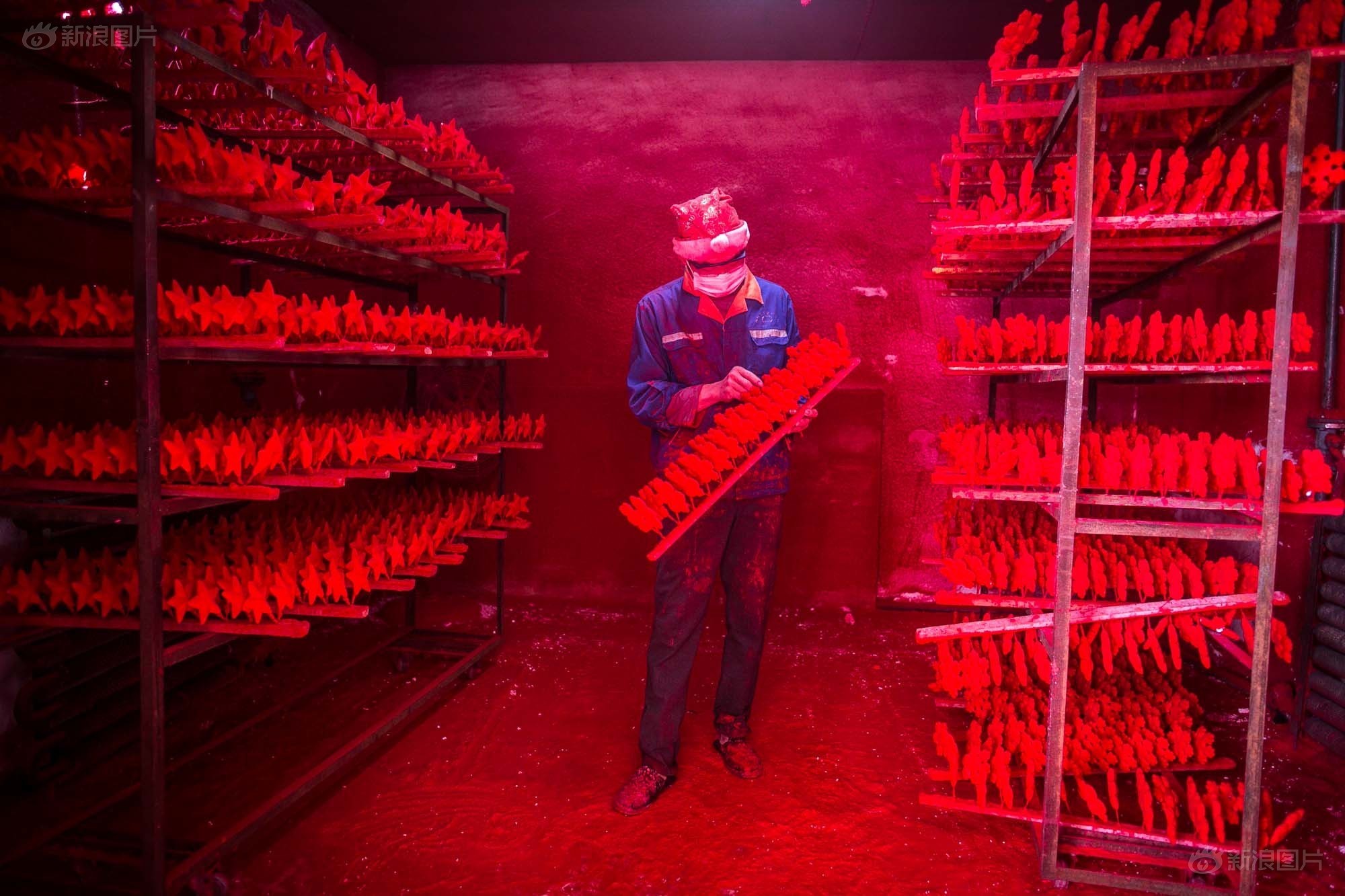Text and photos by Rose Symotiuk
Every year, thousands of people come from all over the world to visit Huaqiangbei, Shenzhen’s electronics district. It has become a huge phenomenon – last June, the Guardian called Shenzhen the new Silicon Valley for hardware.
In broad terms, Shenzhen is a unique place for hardware, and hardware hacking. Anyone can come here and buy or make parts for their projects quickly and cheaply. While everybody from Wired to the Economist is buzzing about it, few people really understand what hardware hacking actually means.
People get software. The original Silicon Valley (you know, the one in California) is famous for giving birth to IBM, Microsoft and Apple. It’s also famous for software designers and individuals selling their apps for millions, getting rich overnight. Most people have seen an iPad or iPhone and know what an app is. We may not know how to code, but most of us understand that it’s a unique language that produces Angry Birds.
Ian Lesnet is the owner of a company called Dangerous Prototypes, which makes open-source hardware kits for people to buy. If you’ve ever seen Make magazine, or heard of Maker Fair, Lesnet is part of that sub-culture, which tinkers with (or hacks) computers, robots and electronics. They are the hardware version of software and app coders.
The rumor going around was that you could buy an iPhone 6 PCB here before the iPhone 6 even came out
Lesnet regularly holds hacker camps to take people around Huaqiangbei. People come from around the globe to meet him and look around, and a lot of them don’t leave. Last December, we decided to join one of his tours to discover more about this technological milieu.
SEG is Shenzhen’s most famous electronics mall, but Huaqiangbei has countless buildings with hundreds of floors selling… stuff. The rumor going around was that you could buy an iPhone 6 PCB (printed circuit board) here before the iPhone 6 even came out (that’s the beauty of being in the same city as Foxconn). We visited one market that just sold old phones, with the backs and batteries stripped out. The floor was littered with back covers for Xiaomi phones, and lots of people were selling 10-year-old Nokias. No one really knew why, though the market was lively with RMB100 bills flying everywhere. Admittedly, it’s probably not entirely legal.

Huaqiangbei’s main claim to fame is shanzhai, a Chinese phrase that refers to imitations or copies. In the dark corners of the hacker hotspot, amazing copies can be procured, like the QPhone (an iPhone replica) or the PolyStation (a Playstation knockoff). What people don’t say is that it takes a lot of work to reproduce an electronic. You need to be able to quickly and cheaply print PCB boards, and have easy access to the components. So, out of shanzhai culture is emerging an incredible maker culture. Instead of creating poorly performing imitations, more and more people are hacking electronics so that they’re better, more interesting, with more features.
One of the attendees at Lesnet’s hacker camp, Bob Kennedy, had been looking forward to a trip to Huaqiangbei for some time. He spends a lot of hours on hardware hacker Internet sites like Hackaday, but finally flew out to Shenzhen from his home in Hawaii to visit the mecca of electronics.
“There’s nothing like this in America,” he told us, as we waited to head out to lunch. Other camp attendees came from Canada, France and Germany, just to spend three to four days with Lesnet and immerse themselves in Shenzhen. One participant from Singapore rushed around like a kid in a candy shop, buying power packs, digital handheld thermometers and a host of things that we couldn’t even identify. We wondered what airport security would say when he flew back home with all that in his luggage.
“I just moved to a new office with some desks for people to work at,” Lesnet mentioned, as we wandered from building to building in the rain. “People come for the camps and don’t leave.”
 While most of the attendees worked in IT and computers, it was clear that they all dreamed, at least to some degree, of giving it all up to hack hardware in Shenzhen. It’s not a crazy idea. There are two big companies doing just that: Seeed Studio and HAXLR8R. HAXLR8R is the only accelerator program for hardware development, while Seeed produces the prototypes of hardware makers from around the world and sells them. They get frequent mentions in those aforementioned magazines and newspapers, the ones dubbing Shenzhen a “Silicon Valley for hardware.”
While most of the attendees worked in IT and computers, it was clear that they all dreamed, at least to some degree, of giving it all up to hack hardware in Shenzhen. It’s not a crazy idea. There are two big companies doing just that: Seeed Studio and HAXLR8R. HAXLR8R is the only accelerator program for hardware development, while Seeed produces the prototypes of hardware makers from around the world and sells them. They get frequent mentions in those aforementioned magazines and newspapers, the ones dubbing Shenzhen a “Silicon Valley for hardware.”
There’s also Chaihuo, a hacker space in OCT-Loft, which recently hosted Hackidemia, a non-profit that creates “projects that could solve grand challenges that humanity is facing today: poverty, access to food, access to clean water, access to health care, access to education, access to energy, protection of environment and access to security.” The group has held workshops teaching local children how to hack hardware and take advantage of the cheap and easy access to materials.
Continuing our tour, we walked through the main part of Huaqiangbei, a series of five- to six-story buildings that sell various components for electronics, as well as the electronics themselves. Companies come here to source switches, LEDs and the like for their products. Of course, everything gets made here, the most famous being iPhone at Foxconn. This has led to a glut of rapid prototyping services, which are often as happy to make something for Lesnet as they are for Apple.
It’s the combination of this, as well as easy access to diverse parts, that has made it so easy to produce tech here. If Eric from Montreal wants a component when he’s home in Canada, he has to go online, order it and hope for the best. In Huaqiangbei, he can simply wander around the thousands of stalls and pick out exactly what he wants. Everything is at his fingertips.
A few years ago, a Google search for Shenzhen would produce a glut of articles and videos about fake products, like knock-off phones and other electronics. However, that environment has been an incredible hothouse for incubating young, talented inventors, designers and even artists. It’s almost impossible to predict where the trend will go from here, but it will definitely change. With material costs increasing and the standard of living going up in China, Huaqiangbei will almost certainly be ‘cleaned up’ and lose some of what makes it such an amazing and fascinating place.






















0 User Comments